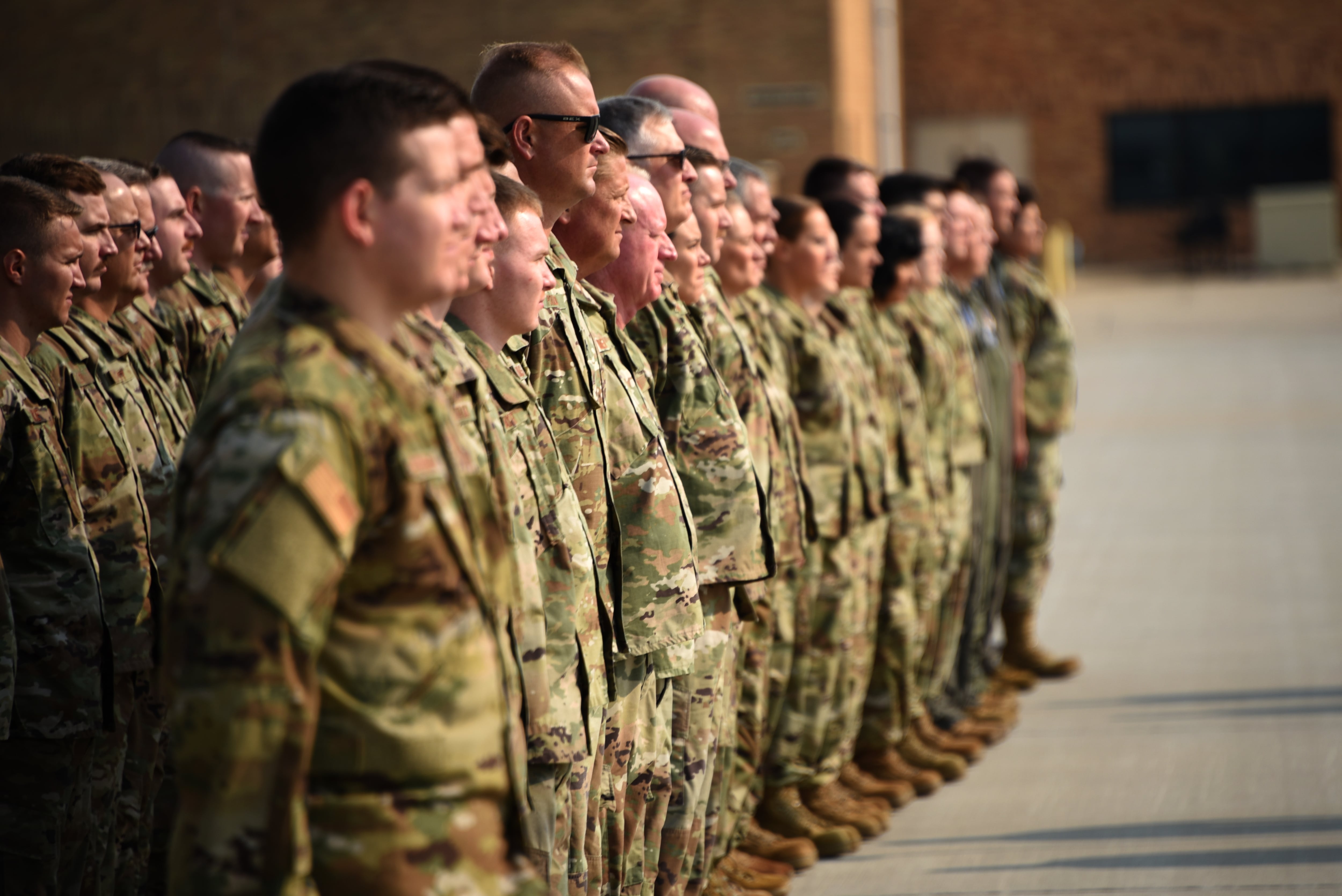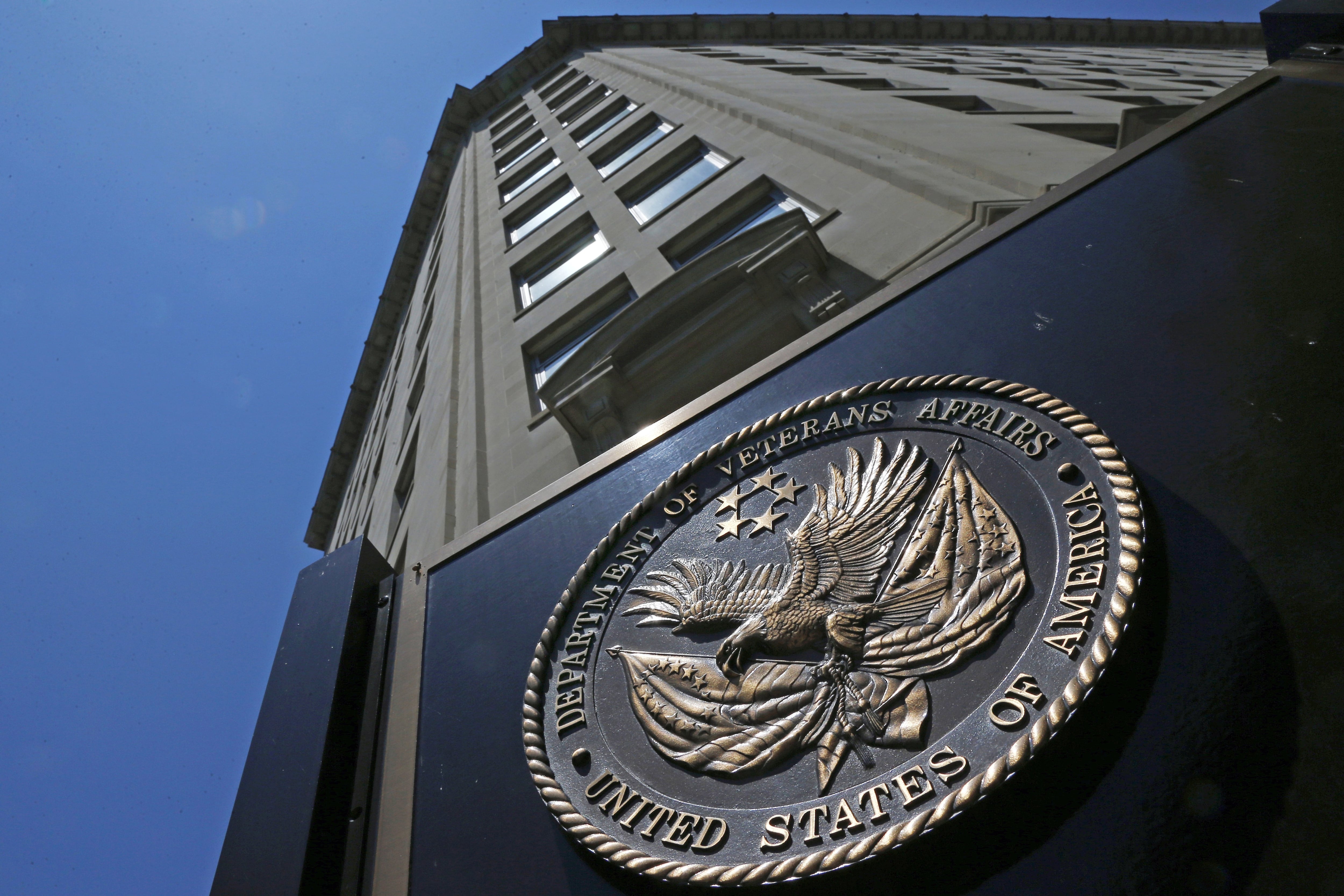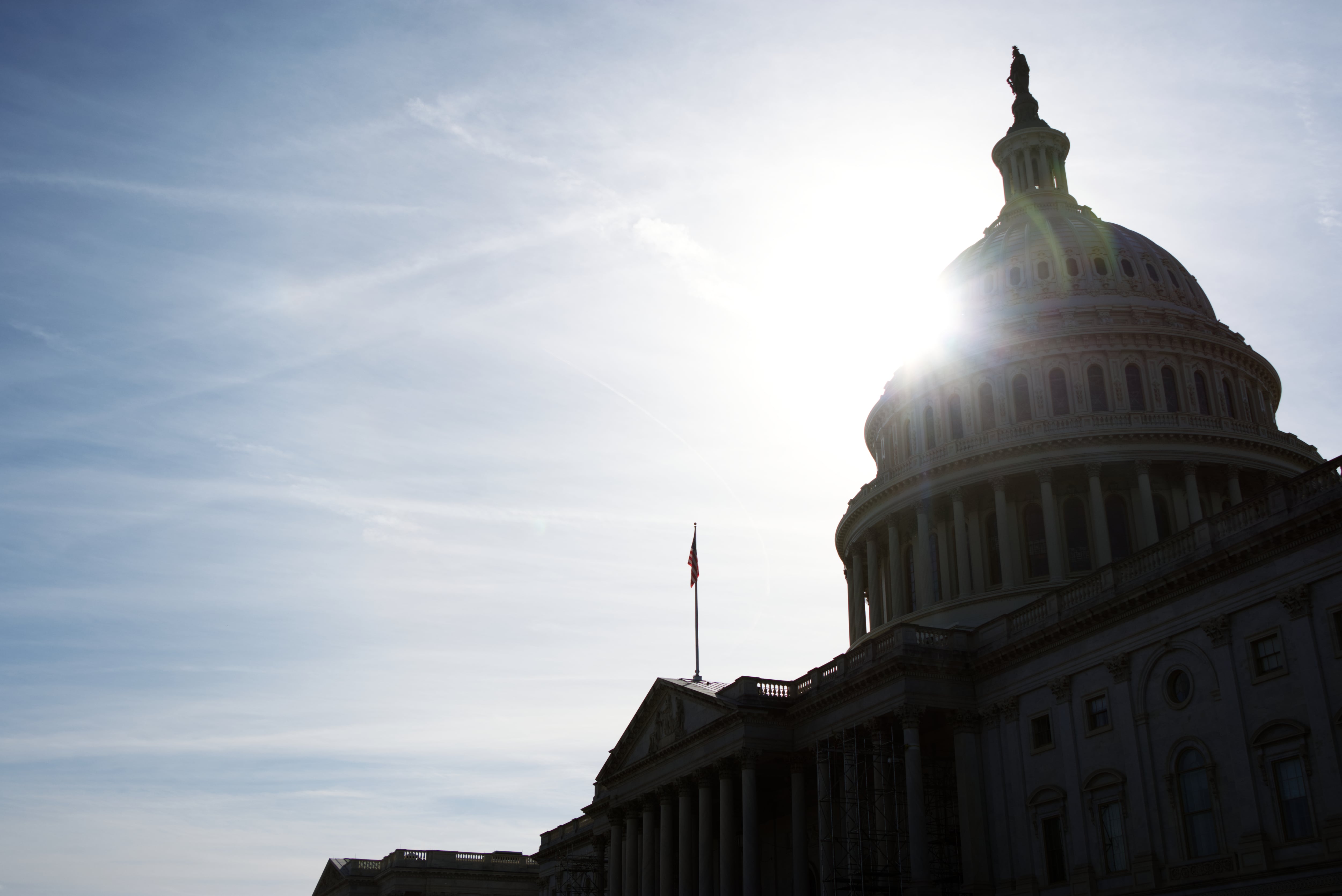Congress on Friday finalized plans for a $1.7 trillion spending plan for government operations in fiscal 2023, staving off the possibility of a government shutdown on Christmas Eve and providing full-year funding for the military, the Department of Veterans Affairs and other federal agencies.
The legislation provides $817 billion in funding for the Department of Defense and $303 billion for the Department of Veterans Affairs.
Both departments — and the rest of the federal government — had been operating on a short-term budget extension since Oct. 1, which kept programs funded but prevented new initiatives from being launched.
“This is one of the most significant appropriations packages we have done in a very long time,” said Senate Majority Leader Chuck Schumer, D-N.Y., just before the final Senate vote on the measure Thursday.
“The range of people it helps is large and deep. After a lot of hard work and compromise, the Senate is funding the government with an aggressive investment in American families, workers and national defense.”
RELATED

Senate Armed Services Committee ranking member Jim Inhofe, R-Okla., similarly praised passage of the bill.
“While this is not the package Republicans would have written on our own, the $45 billion increase for our troops (over the White House budget request) will make our country more secure,” Inhofe said in a statement. “It gives our military the resources needed to take on China, Russia and other looming threats and takes care of our troops and their families.”
Lawmakers faced a deadline of Friday at midnight to pass a budget deal or trigger a partial government shutdown. Both chambers also passed a one-week budget extension to allow for enrollment of the massive $1.7 trillion spending bill. President Joe Biden is expected to sign both measures.
For the Defense Department, the appropriations bill includes a 9% funding boost for military operations over fiscal 2022 spending levels.
Included in that is money to fund a 4.6% pay raise for troops starting next month — the largest pay boost in 20 years — and $19 billion in military construction funding.
The measure includes $8 billion “to offset cost factors that have increased” since Biden submitted his budget proposal in March. The inflation adjustment includes $1 billion in acquisition-related costs and $3.7 billion for fuel.
Republicans and some centrist Democrats have hammered the Biden administration for underestimating the inflation rate in its budget proposal, and had vowed to boost overall defense spending in the final package.
It includes $45 billion in emergency aid for Ukraine and another $11.9 billion for the Defense Department to replenish weapons and munitions already sent there from U.S. stockpiles.
For veterans, the budget deal includes $303.8 billion in VA funding for fiscal 2023, the largest ever budget for the department. That’s up about 10% from fiscal 2022 levels.
VA medical care services would be the main beneficiary of the funding boost, seeing more than a 22% increase ($118.7 billion) from fiscal 2022 levels.
In 2001, the entire VA budget — including both discretionary program spending and mandatory benefits payouts — amounted to about $45 billion. By 2013, the budget totaled $139 billion, still less than half of this year’s request. For fiscal 2023, the discretionary program portion of VA’s budget alone totals $135.2 billion.
RELATED

The measure includes $5 billion for implementation of the Promise to Address Comprehensive Toxics Act (better known as the PACT Act), a dramatic expansion of benefits related to military toxic exposure injuries which Congress approved last summer.
Passage of the budget measure not only allows new program starts and equipment purchases to begin next week, but also staves off the threat of another government shutdown until the end of September 2023.
That could be significant, given that Republicans will take the majority in the House next month and have already promised legislative pushback against both Biden and the Democratic-controlled Senate.
Leo covers Congress, Veterans Affairs and the White House for Military Times. He has covered Washington, D.C. since 2004, focusing on military personnel and veterans policies. His work has earned numerous honors, including a 2009 Polk award, a 2010 National Headliner Award, the IAVA Leadership in Journalism award and the VFW News Media award.









